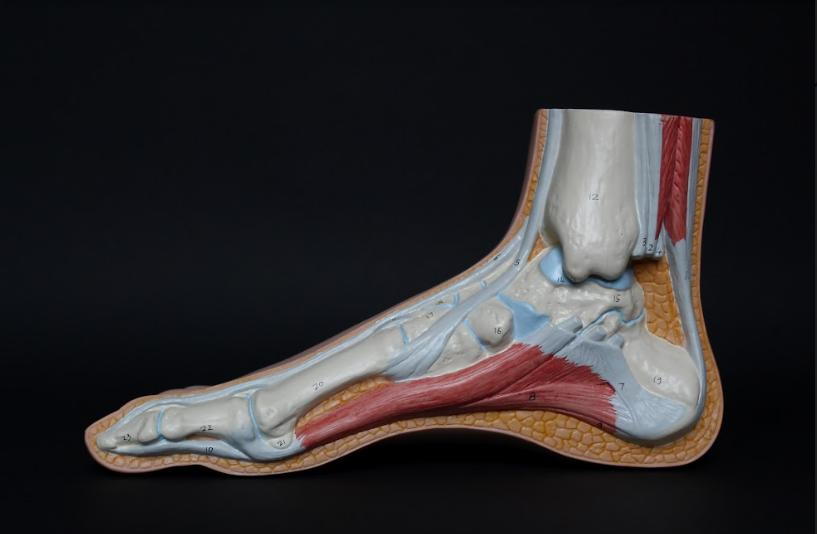Why Minimally Invasive Bunion Surgery Might be Right for You
posted: May 30, 2023.

Why Minimally Invasive Bunion Surgery Might be Right for You
Bunions (also known as Hallux Valgus) is a common foot condition that affects the joint just below the big toe, causing it to stick out. Although not as pervasive as corns (which usually affect the small toes), bunions can develop to the extent that the foot becomes deformed, making it difficult to walk comfortably.
Since bunions protrude, the skin can become red and sore due to constant pressure and friction when walking. It’s not known what exactly causes bunions, but foot specialist believe it might be a combination of inherited foot types and stress, although some start as early as birth as a birth deformity.
Bunions are treatable, and one way to do so is through minimally invasive surgery for bunions.
Minimally Invasive Bunion Surgery Definition
Minimally invasive bunion surgery or keyhole bunion surgery is a type of foot surgery that utilizes tiny incisions to access the foot structures and correct a bunion deformity.
Unlike traditional (open) bunion surgery that requires a long incision over the top of the big toe joint, minimally invasive bunion surgery only uses three 2MM incisions made around the big toe joint.
Since the incisions are smaller, various factors such as post-operative swelling, recovery, number of stitches, and others are significantly lower with keyhole bunion surgery.
When Are You Likely to Need Minimally Invasive Bunion Surgery?
Bunions can be painful and, if left untreated, can severely deform the foot. As such, it is essential to see a podiatrist if you suspect you might have bunions.
During your examination, the foot specialist will look for the following factors to determine if keyhole bunion surgery is an appropriate course of treatment:
- Pain or tenderness in the big toe joint
- Persistent pain despite changing footwear
- Big toe drifting towards the smaller toes
- Big toe overlapping with the second toe
- Mild or severe bunion deformities
- Other conditions like diabetes or obesity
If you have a significant number of these factors, you may be an ideal candidate for minimally invasive bunion surgery.
What to Expect During the Procedure
A keyhole bunion surgery procedure typically takes around twenty to forty minutes, depending on the severity of the deformity and the fixation type. Other factors like age, health, and level of activity will determine the exact details of the surgery.
However, the procedure follows these general steps:
- The foot surgeon will make three small incisions around your big toe joint.
- The metatarsal bone is divided to allow it to shift back into position
- A pin is used to align all the bones in the toe
- In some cases, screws are used to fix the bones in position and ensure they heal in the correct alignment.
After surgery, your foot specialist will require that you stay at the clinic for a few hours before going home. They will also instruct you on post-operative care to ensure the area heals completely.
Benefits and Risks of Minimally Invasive Bunion Surgery
The main benefit of minimally invasive bunion surgery is that the deformity is fixed without requiring open surgery. This translates into a better post-operative appearance, faster healing, and an overall easier surgical experience.
Risks might include swelling, initial discomfort when walking, and infection (unlikely).
Individuals who choose keyhole bunions surgery get effective results generally without the risks and challenges of open bunion surgery.